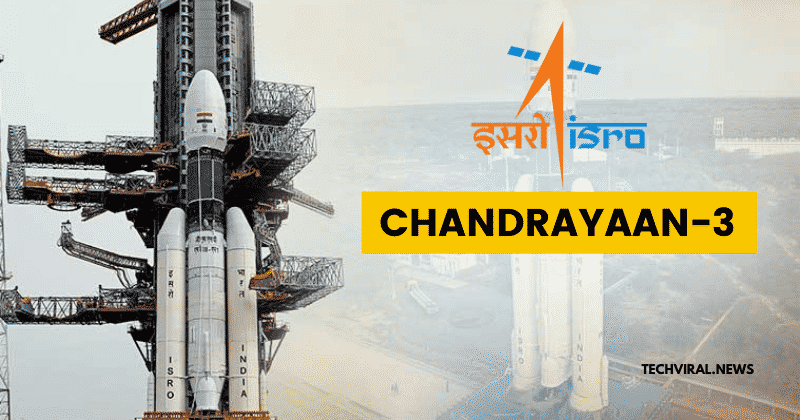Free Courses Sale ends Soon, Get It Now


Free Courses Sale ends Soon, Get It Now



Disclaimer: Copyright infringement not intended.
Context
Details
|
Do you know? With Chandrayaan-1, ISRO achieved immense success as the ‘Moon Impact Probe’ by Chandrayaan-1 lunar remote sensing orbiter detected water in vapor form in trace amounts. |

https://newsonair.gov.in/News?title=ISRO-to-launch-Chandrayan-3-in-August-this-year&id=434808
© 2024 iasgyan. All right reserved